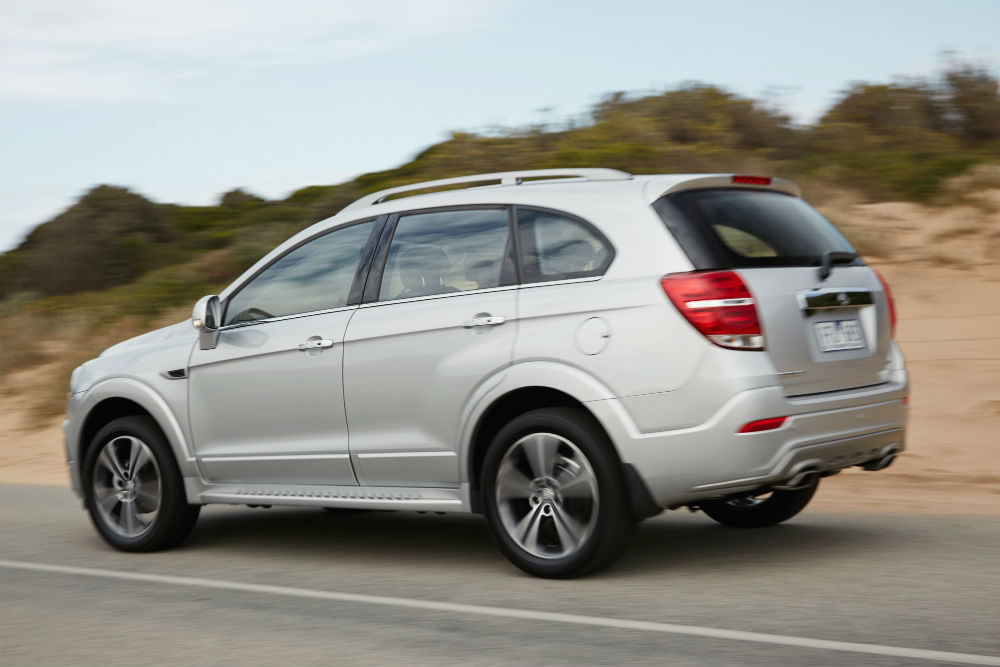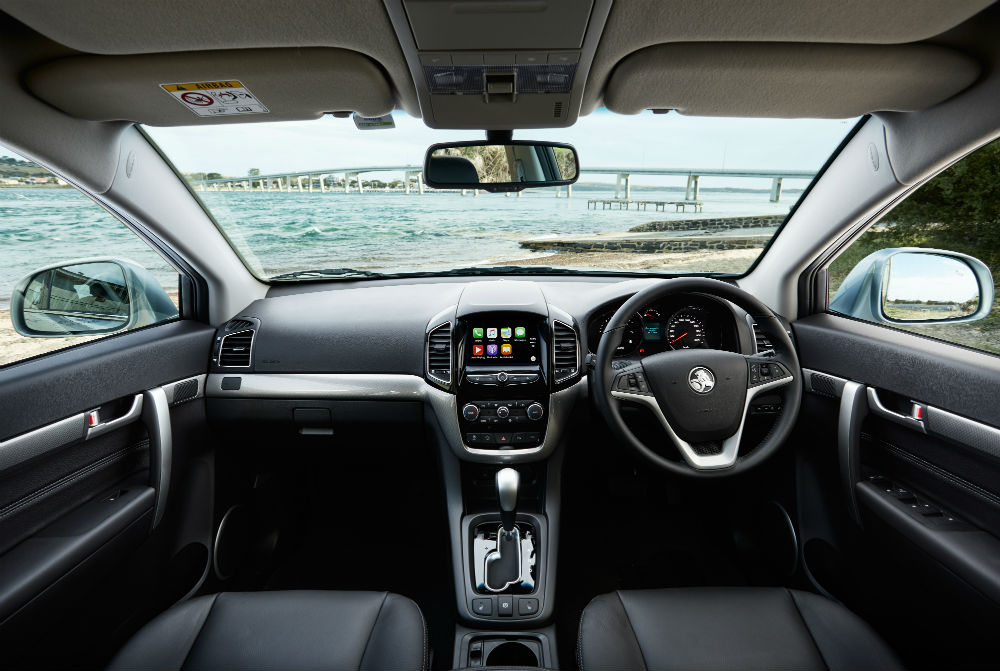By: Alex Forrest
Ever since it was introduced in 2006, the Holden Captiva has been a price leader.
Some early Captivas suffered electrical issues that tarnished the vehicle’s reputation, but in the long run, the Captiva has consistently been a strong seller.
In the first eight months of 2016 in WA, the Captiva was the third-biggest selling vehicle in the Large SUV segment.
It sat behind only the Toyota Prado (albeit quite a different vehicle) and the Kluger. However, it was comfortably ahead the Hyundai Santa Fe, Subaru Outback and Ford Territory.
Another reason the Captiva sold well in its early days was its option of a diesel engine. Its main competitor, the Ford Territory, didn’t get a diesel until 2011.

By today’s standards, the interior plastics are hard and the handling is vague. However, the Captiva is still reasonably well featured and its low price continues to win over customers.
The seven-seater Captiva starts at $30,490 plus on-roads. By comparison, the cheapest Hyundai Santa Fe seven-seater is $38,490 plus on roads. The closest-priced seven-seater SUV is the Nissan X-Trail ST, which costs $31,990, but this is a smaller vehicle.
In December 2015, Holden gave the Captiva a facelift, including a revised front end and the addition of Apple CarPlay® and Android Auto – a very commendable addition given many luxury brands still don’t offer this as standard.
At the same time, the slightly smaller Captiva 5 model was dropped from the range, making for a more simplified model line-up.

If you’re willing to live with five seats and a manual gearbox, the Captiva can be had for as little as $26,490 plus on-roads. Clearly, the Captiva’s price-for-size equation is its calling card.
The Captiva absolutely does deserve points for the technology it has, such as the aforementioned smartphone connectivity. The standard rear camera, rear parking sensors and daytime running lights are credible inclusions, too.
However, much of the Captiva’s competition in the large SUV segment does have considerably sharper handling, along with more refined engines and better interior quality and functionality, such as air vents in the rear.
That said, the sales story doesn’t reflect that one bit.
| Price driveaway (as tested): |
$26,490 plus on roads |
|---|---|
| Engine: | 2.4-litre petrol |
| Power: | 123kW @ 5600rpm |
| Torque: | 230Nm @ 4600rpm |
| Claimed fuel economy: | 8.8L/100km |
| ANCAP Rating: | 5 stars |
| CO2 Emissions: | 209g/km |
